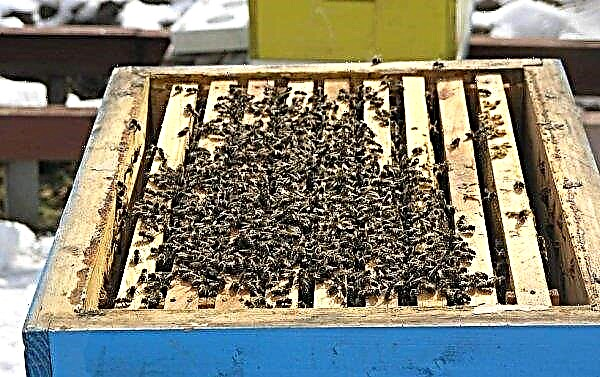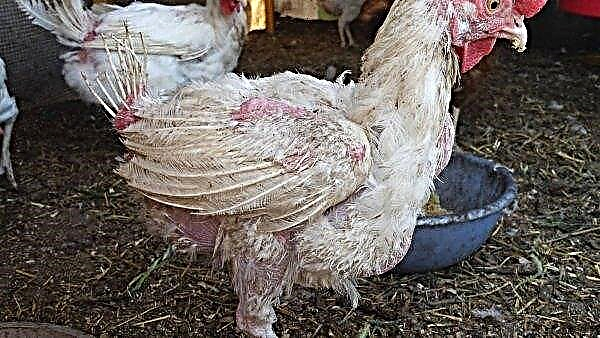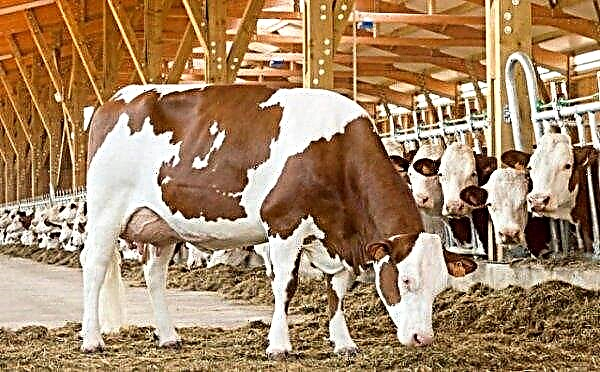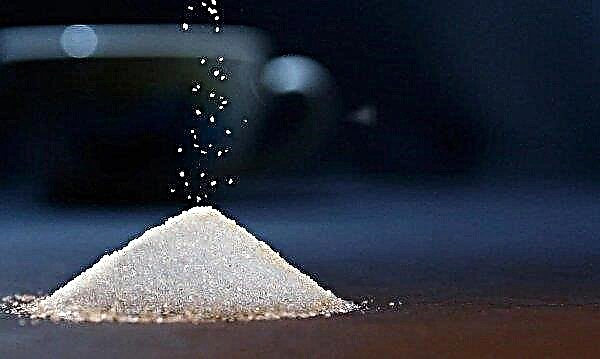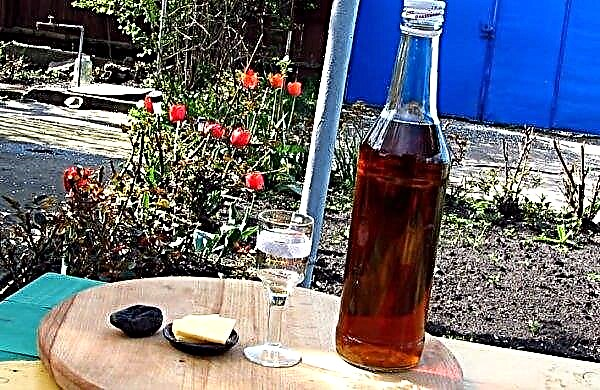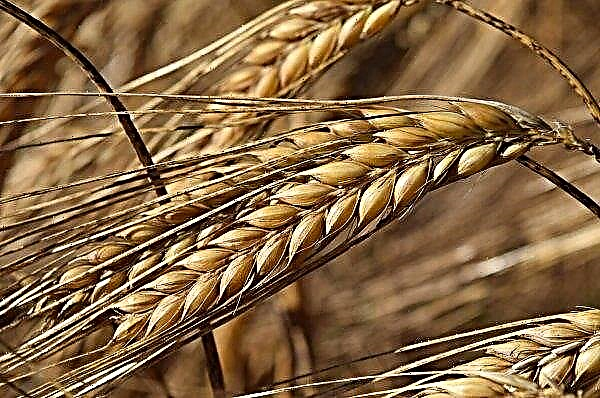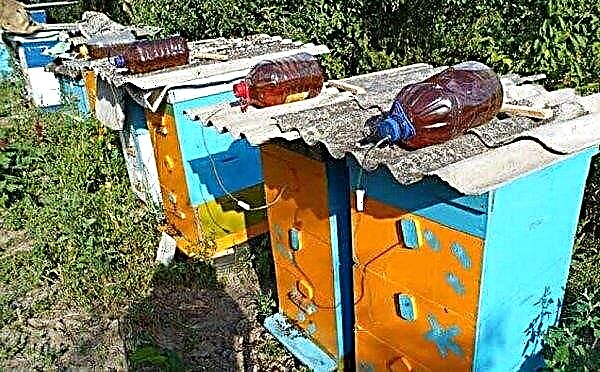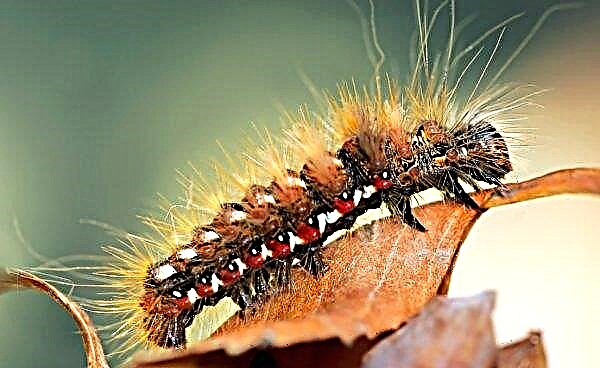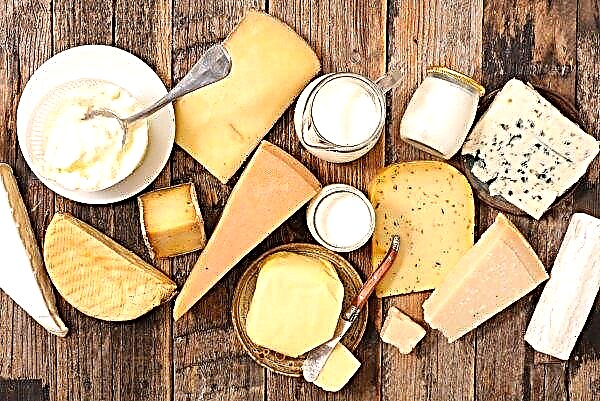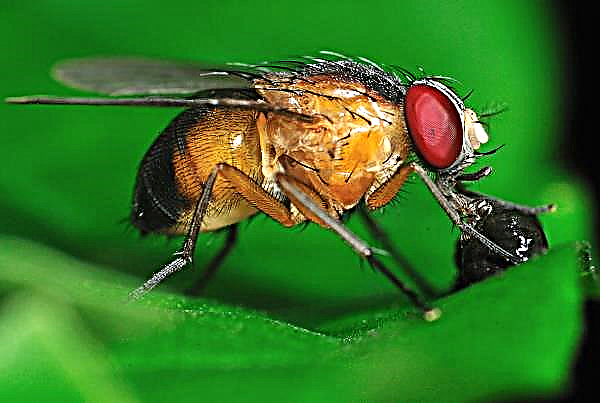Cucumber Marinda F1 is a popular variety among summer residents and vegetable growers who are not able to check the beds daily. This mid-season variety, suitable for pickles and pickles, is very tasty in salads and on its own. Everyone who is going to grow cucumbers should learn more about it.
Selection History and Variety Description
Marinda F1 was bred by the breeders of the Dutch company Monsanto Holland BV and has been distributed in Europe since the early 1990s. An unpretentious variety, the fruits of which are harvested as gherkins, pickles and lettuce, that is, for all tastes and sizes, has become widespread among summer residents due to the simplicity and budget cost of growing by the greenhouse method and in open beds.
This variety is parthenocarpic, i.e., the appearance of ligature does not require pollination. It grows in a greenhouse and open ground, resistant to disease. Marinda differs from other self-pollinating varieties in high productivity and resistance to the mosaic virus, cladosporiosis, powdery mildew. Technical indicators of the variety:
Technical indicators of the variety:
- mid-season: the first fruits appear at the end of the eighth week;
- fruit length - from 82 to 98 mm;
- form - a cylinder with a flat surface;
- weight - 70–75 g;
- productivity - 25-30 kg / m².
Did you know? The homeland of all cucumbers is the foot of the Himalayas. The ancestors of all varieties of the beloved green vegetable are still growing there.
Advantages and disadvantages
- The positive qualities of the grade Marinda F1 are as follows:
- bundle ligature (on average - six to seven cucumbers);
- average ripening;
- flesh crisp without bitterness with a dense texture;
- female type of flowering, giving a stable yield regardless of temperature and rain;
- the possibility of universal use: fresh, in pickles, marinades, salads;
- powerful fast-growing shoots;
- high adaptability, resistance to hybrid viruses;
- the possibility of cultivation in a greenhouse and open ground, on the balcony, loggia.
- This variety has some disadvantages:
- the need to form a bush to obtain the maximum yield;
- regular top dressing - once every one and a half to two weeks;
- the fruits quickly outgrow;
- the variety can get anthracnose, peronosporosis, angular spotting.

Grade planting dates
Marinda bears fruit well when planting seedlings, and when sowing directly into the ground. Obtaining an earlier crop can be achieved by planting seedlings under the film.
Calculation of the timing of sowing seedlings:
- Shoots appear on day 5.
- Ready seedlings are planted in the ground after four weeks.
To protect seedlings in the open ground, you can use a covering non-woven fabric, you can lay the seeds at the end of April. Marinda is sown in open ground at the end of May.
Important! Cucumber and potatoes are antagonists. When planted nearby, they will oppress each other.
Rules for sowing and cultivating varieties
Parthenocarpic varieties of cucumbers in the method of sowing and cultivation differ little from their usual counterparts. The main thing is to follow the rules checked by time.
Seedling method
By growing strong seedlings, you can ensure a high yield. The correct scheme for obtaining strong shoots:
The correct scheme for obtaining strong shoots:
- Choose the highest quality, regular form seeds.
- Soaked for a day in solution: 10 g of superphosphate and potassium sulfur per liter of water.
- Prepare the soil: sift the soil and sand, combine with peat in a ratio of 1: 1: 1. Place on containers for seedlings. Moisturize and leave for two days. You can purchase the substrate in the store.
- Seeds are placed in the soil no more than 5 mm in depth.
- Lighting is installed directly above the seedlings, which will appear in 5 days.
- After the appearance of two true leaves, they are fed with a mixture of mineral fertilizers for cucumbers: 10 g of water, 10 g of potassium sulfate and urea.
- Planted in the ground after the appearance of the fifth leaf.
Seedling method
For planting in open ground, it is better to take two-year-old seeds, which have better germination and a tendency to form female flowers. You can not sow cucumbers after tomatoes or next to them. Best neighbors: carrots, dill, peas, radish, cabbage.
Did you know? Emperor Napoleon was very fond of cucumbers. He promised to generously reward the inventor of a way to keep vegetables fresh for a long time, but this Nobody got the award.
Rules for sowing in soil:
- The bed is placed in a place protected from drafts.
- They produce autumn fertilizer of the soil with manure, humus.
- Watered for a day, loosen the soil immediately before planting.
- Seeds close up to a depth of 3 cm. Distance: 50x30 cm.
- They cover the garden bed with film until shoots appear.
- With early sowing (until mid-May), it is better to leave shelter at night to protect against possible frost on the ground.

Cucumber care after planting
Parthenocarpic varieties, to which Marinda F1 belongs, love the absence of weeds, timely watering and fertilizer.
Fertilizing and watering
The following fertilizers are used to feed cucumbers:
- Organic: infusion of herbs, manure, ash, bone meal.
- Mineral: ammonium nitrate, superphosphate, urea.
- Mixed: mineral fertilizers are added to the organics, for example, superphosphate, potassium salt.
An excellent top dressing for cucumbers open ground - nettle tincture.
Two methods of fertilizing are used:
- Root. The solution is applied under the root of the cucumber bush. It is better to apply in a warm summer, with a well-developed root.
- Foliar: drip irrigation of leaves and stems of a plant. In cool summers, it is best to use this method.
The garden is watered with warm water once a week until the flowering phase, during fruiting - once every few days. In the afternoon, water the soil around the root, carefully so as not to erode the surface. After the heat is gone, leaf watering can be done in the evening. The day after watering, the soil must be loosened up.
The day after watering, the soil must be loosened up.
Important! Cold water in hot weather can cause burns on the leaves.
Shaping and Garter
Growing a hybrid Marinda F1, perform mandatory manipulations with the whip system of the plant:
- Once every seven days, damaged, diseased leaves are cut off.
- It is better to form a vegetable in one lash: remove the side shoots growing in the sinuses of the third or fifth leaf.
- On the formed stem in the future, all shoots are cut off, only the ligature remains.
- You can tie the lash on a trellis, a pyramid, starting with the formation of a bush after the appearance of an 8-10 leaf, initially not tying the rope around the stem tightly, just supporting it. The "pyramid" method is good to use in a small area - it gives better access when watering, feeding.
Soil care
Cucumber Marinda F1 is an unpretentious plant, but, like all crops, does not like weeds. Regular loosening of the soil after irrigation at the same time serves as weeding, sanitary “cutting”.
Important! Having covered the ridge with cucumbers with a black film, gardeners exclude the appearance of weeds. In addition, it retains moisture better in the soil.
Saving time on loosening, preserving moisture after watering, improving yields and reducing weed growth will provide mulching. The aisle of a cucumber bed is mulched with straw, dry foliage, and compost. At the same time, the method will improve the access of oxygen to the root system.
Diseases and pests of cucumbers
Basically disease-resistant, this variety is exposed to several types of "cucumber" diseases:
- anthracnose: brown spots on the neck of the root, yellow marks on the stem and leaves. Treatment with copper sulfate or copper oxychloride 0.4% will help cure;
- peronosporosis (downy mildew): leaves dry, fall off, brown and yellow spots form on them. Medicine: fungicides.
- angular spotting: dark green, subsequently gray-brown spots on leaves that dry and fall off. Deformation, brown color of damaged fruits. Means of control are similar to peronosporosis.
Melon aphids, ticks, slugs, whiteflies affect plants when crop rotation is not observed, untimely weed weeding.
You can deal with pests by spraying with special drugs purchased in the agricultural goods store, or alternative methods:
- infusion of 70 g of onion and 60 g of garlic; infusion of tobacco or wood ash with the addition of laundry soap in the fight against aphids;
- soap solution with a tick.
Digging the beds for the winter, freezing the soil, using clean planting material and tools - the prevention of pests.
Harvesting and storage features
Marinda F1 variety is harvested at different stages of ripening:
- Pikuli - ligature not older than 3 days, size - 5 cm; better to use during the day.
- Gherkins - 4-5 days old. They retain juiciness and freshness for no more than two days.
- Zelentsy - age from 8 to 12 days. Strong juicy fruits of the hybrid tolerate transportation well.
Important! When collecting the whips should not be turned over, as they should not come into contact with moist soil. Otherwise, unnecessary subordinate roots will develop there.
Fresh cucumbers are stored on the shelf of the refrigerator in a plastic bag. A large crop can be kept in a cellar or other cool place at 5–7 ° C, with a maximum shelf life of 3 weeks. So, the Marinda variety is excellent for both farmers and owners of small plots. A variety of marinades, pickles, salads will add piquancy and taste to dishes prepared in the winter. Gatherings with friends “under the cucumber” of their own pickles will add warmth to a soulful conversation.
So, the Marinda variety is excellent for both farmers and owners of small plots. A variety of marinades, pickles, salads will add piquancy and taste to dishes prepared in the winter. Gatherings with friends “under the cucumber” of their own pickles will add warmth to a soulful conversation.

